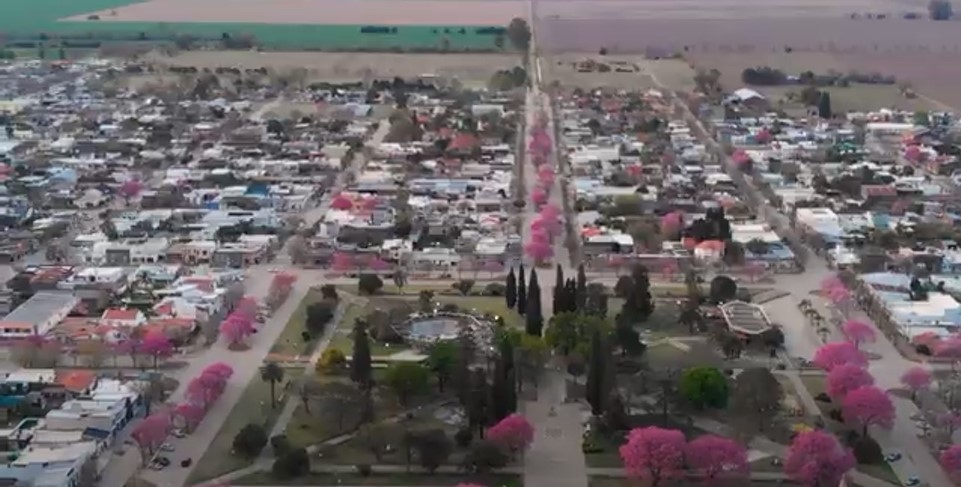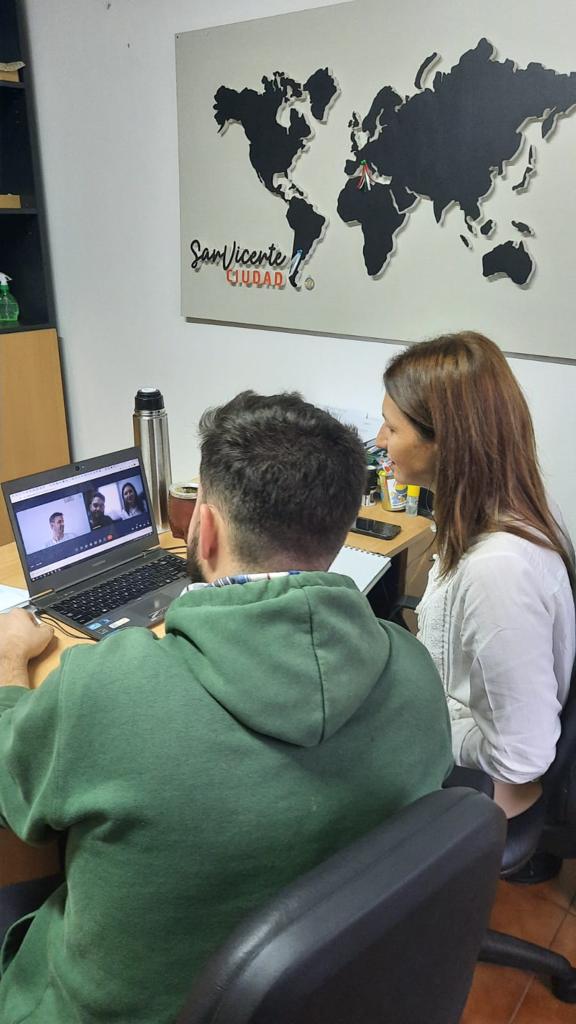1. Renovation of the building where the new secondary school in San Vicente will take place: Create a space suitable for the needs of the new secondary school. This involves the remodeling of an existing space that is a historical heritage of the locality. It must address the needs of the proposed educational model in terms of space flexibility and adaptability.
The former Senor combine harvester factory was the first combine harvester factory in South America. It is a building with great historical value for our city, designated as a historical heritage, belonging to the municipality, ensuring full use.
2. Innovative pedagogical model: It implies the design and development of a pedagogical model that considers working modalities suitable for the concept of an innovative school. This model will be centered on the interests of the students, considering the need to think about their life project, with a completely flexible curriculum and a focus on knowledge in the broadest sense of the term, considering not only the necessary content but also the skills that are fundamental both for entering the workforce and for continuing studies as the beginning of a professional life. A fundamental axis to achieve these objectives, which will be central to the school, is vocational training.
Experiences that are already in operation will be taken into account. In the province of Santa Fe, EEMPA 1330 stands as a valuable precedent to be considered because its study materials are created from a completely interdisciplinary perspective, relying on project-based learning by addressing different social issues (real and from the community itself), generating instances of intervention, teamwork, and research projects.
3. Approval of the educational project before DIEGEP: Present to the relevant state agencies the project that includes the creation of a new secondary school and its rationale. To achieve this objective, we will focus on coordinating an agenda with DIEGEP to, through the necessary meetings, present the project and explain the importance and need for this new school in the city, providing all the documentation of the project, analysis, conclusions, implementation, viability, financing, and allied institutions. All elements that reinforce the reasons for the approval of this project. It is essential that these steps related to regulatory issues are carried out in a timely manner so that the institution can offer the same graduation conditions as other secondary schools in the province.
4. Selection, hiring, and training of the teaching staff: Call for the registration of teachers to be part of the school staff, offering all necessary training to work based on the current pedagogical models in the school. Teachers will play a fundamental role in the development of this school. It is, therefore, very important that the selection be done responsibly, with a thorough analysis and a clear criterion. They will also be provided with all the information, materials, and training to carry out their tasks in the best possible way, achieving the level and educational standards that we aim to reach with this new school. For this call, local media and the Municipality's social media will be used to ensure that it reaches the entire city and region openly.
5. Launch of enrollment: Open enrollment for the first year of the school, reaching out to young people who have dropped out in previous years and need to complete their secondary education from the beginning. Like the teacher recruitment campaign, student enrollment will be open to the entire community through publications in the media and social networks, as well as through direct contact with all project allies, such as other institutions, businesses, industries, and entrepreneurs.
6. Selection of students to form the first cohort: Evaluate the received registrations so that young people who are the target audience for the proposal can access the first cohort. Initially, registrations will be assessed to verify that the registrants meet the requirements to be part of the first cohort. If the number of registrants exceeds the maximum stipulated, a selection process will be carried out. It should be clarified that an effort will be made to ensure that no registrant is left out of the school, but always considering that the number of students should not have an impact that reduces the quality of education. It should not be a quantity below the minimum required, and this will involve territorial outreach to achieve the goal.
7. School opening: Formally open the school, considering everything necessary in both material and human resources, always being supported and included within current regulations.
At the time of the school opening, it is crucial to ensure that all necessary resources for operation are considered and available. It will also be important to communicate the start of classes to the entire society, both to give it the value and importance it deserves and to integrate it into all the events and occurrences that happen throughout the year, where participation, integration, and visibility of this new school are of vital importance.




